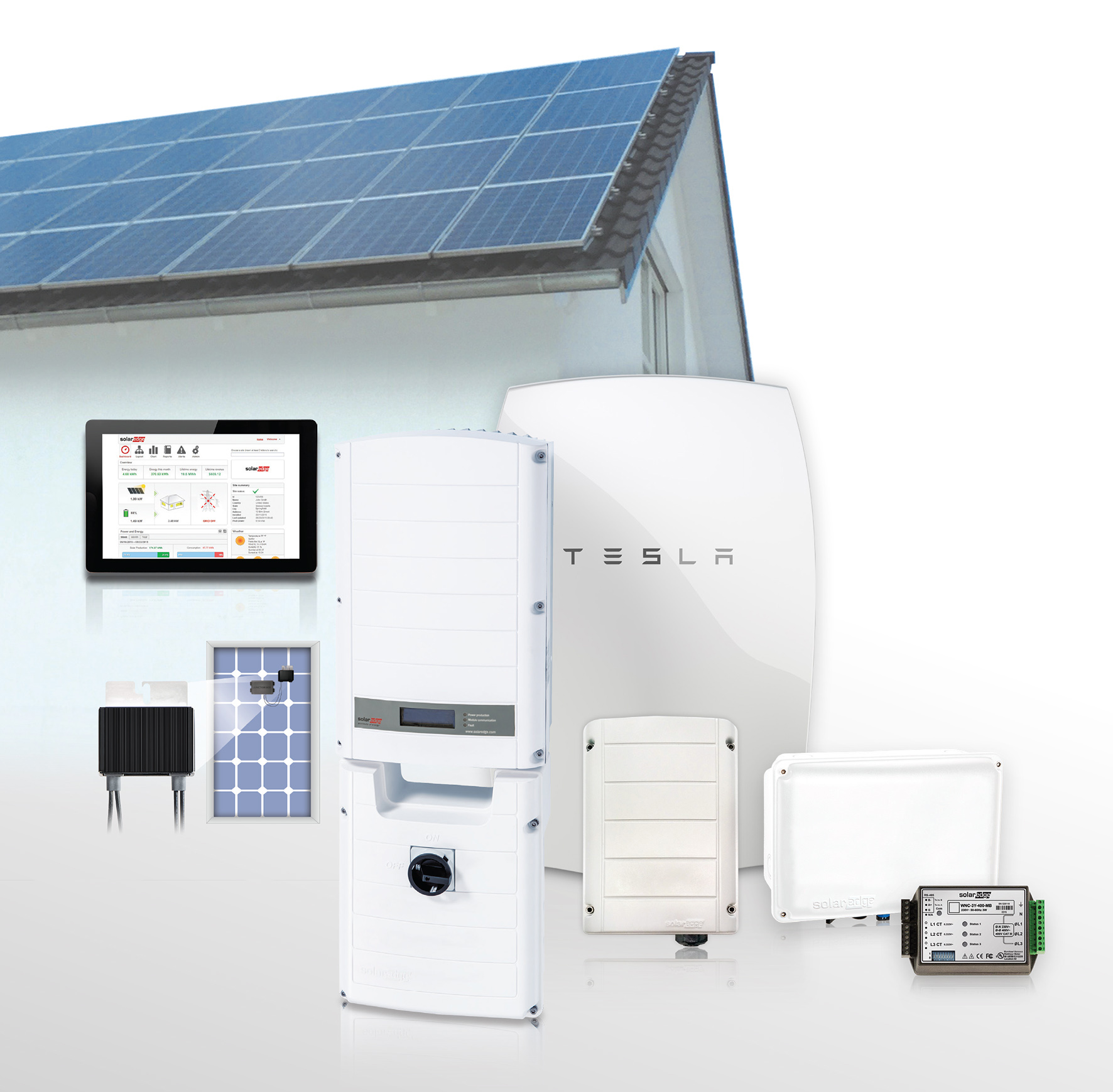Storage Solutions in Residential PV Systems
 Distributed PV offers many potential benefits, from producing clean energy and giving homeowners energy independence, to offering the utility multiple energy sources. However, there is an inherent problem with solar energy because solar energy production does not match typical residential production patterns. This means that storage technology can be particularly useful and profitable to residential PV systems. By combining PV with a storage solution, homeowners gain from a variety of possibilities to increase self-consumption, improve system profitability, and get backup power.
Distributed PV offers many potential benefits, from producing clean energy and giving homeowners energy independence, to offering the utility multiple energy sources. However, there is an inherent problem with solar energy because solar energy production does not match typical residential production patterns. This means that storage technology can be particularly useful and profitable to residential PV systems. By combining PV with a storage solution, homeowners gain from a variety of possibilities to increase self-consumption, improve system profitability, and get backup power.
A particularly important functionality of storage solutions in the US market is backup power, which can offer superior convenience when the grid is down. The increasing severity and frequency of natural disasters caused by climate change and grid instability (due to our insatiable energy use combined with aging networks) are leading to more blackouts and load shedding events. These can have severe consequences, such as frozen water pipes, dark nights, spoiled food, no temperature control, no means to charge mobile communication devices, and more. After Hurricane Sandy, New York utilities restored power to 95% of customers 13 entire days after peak outage. During such scenarios, backup power can be supplied day or night by a combination of PV and battery, to enable families to receive basic needs until full power is restored. During such outages, PV power can both supply the house with energy and charge the battery during the day, so that the battery can supply energy to backed-up loads during the night.
Besides supplying backup power, batteries can maximize self-consumption. This is accomplished by shifting the energy generated by the PV system during the day, to times of high consumption, such as mornings and evenings. The storage system is set up, through the inverter, to maximize the amount of solar energy used by the homeowner. The inverter diverts unused PV power to a battery so the energy can be used when needed. The inverter is also responsible for providing transparency into system production, consumption, self-consumption, and energy fed into the grid. This type of monitoring provides homeowners insight into their usage patterns and the effectiveness of the storage solution.
Another motivation for storage systems is in markets with an export limitation. Storage systems are designed to generate power for on-site use while limiting power feed to the grid beyond a set limit, and then storing the clipped excess power in the battery. This type of solution is particularly useful in more mature solar markets, such as Hawaii.
In markets with varying electricity price structures, storage systems can be programmed according to time-of-use pricing in order to increase system ROI. Time-of-use pricing promotes energy consumption when electric demand is low (off-peak), and lower consumption when demand is high (peak), in order to help decrease power consumption during peak periods and reduce utility bills. However, it also creates an opportunity for storage systems. The storage system can be set to react to each specific tariff. For instance, during low tariffs, the battery can be charged by the PV system or from the grid, if allowed. During medium tariffs, only the clipped PV power would charge the battery and during high tariffs, the battery would be discharged to satisfy the loads. The battery can even be discharged to the grid as an additional revenue stream, where allowed. In markets with net metering structures, PV can still be fed into the grid while rates are high. These type of storage solutions allow homeowners to create day-by-day profiles based on personal consumption analysis.
While homeowners can benefit from storage solutions, the real future of storage is the many possibilities that are opened up for the utility when energy production and storage are placed at the same location as the load. This enables a decentralized model of mini-power stations, versus the traditional network of a single source of power generation. The traditional model requires costly energy transmission over an aging network. This potential network of mini power and storage stations would allow a much more dynamic and responsive system that could unlock solar energy's gird parity potential.
 Lior Handelsman, VP of marketing and product strategy, founded SolarEdge in 2006 and is responsible for SolarEdge's marketing activities, product management, and business development. Prior to founding SolarEdge, Mr. Handelsman spent 11 years at the Electronics Research Department (''ERD''), one of Israel's national labs, which is tasked with developing innovative and complex systems. At the ERD he held several positions including research and development power electronics engineer, head of the ERD's power electronics group, manager of several large-scale development projects, and he was a branch head in his last position at the ERD. Mr. Handelsman holds a B.S. in Electrical Engineering (cum laude) and an MBA from the Technion, Israel's Institute of Technology in Haifa.
Lior Handelsman, VP of marketing and product strategy, founded SolarEdge in 2006 and is responsible for SolarEdge's marketing activities, product management, and business development. Prior to founding SolarEdge, Mr. Handelsman spent 11 years at the Electronics Research Department (''ERD''), one of Israel's national labs, which is tasked with developing innovative and complex systems. At the ERD he held several positions including research and development power electronics engineer, head of the ERD's power electronics group, manager of several large-scale development projects, and he was a branch head in his last position at the ERD. Mr. Handelsman holds a B.S. in Electrical Engineering (cum laude) and an MBA from the Technion, Israel's Institute of Technology in Haifa.
SolarEdge | www.solaredge.com
Volume: 2016 September/October












